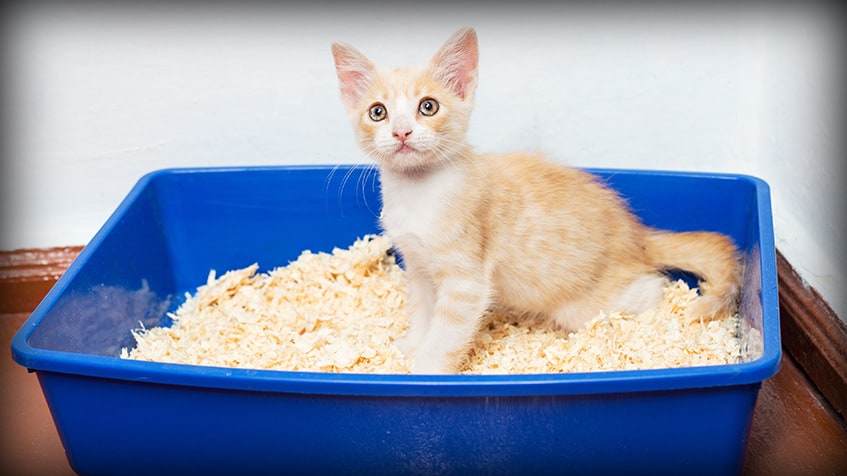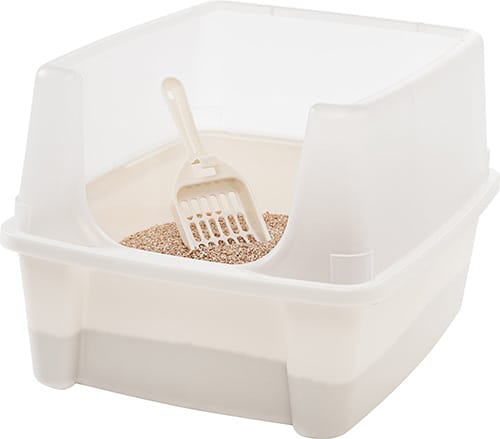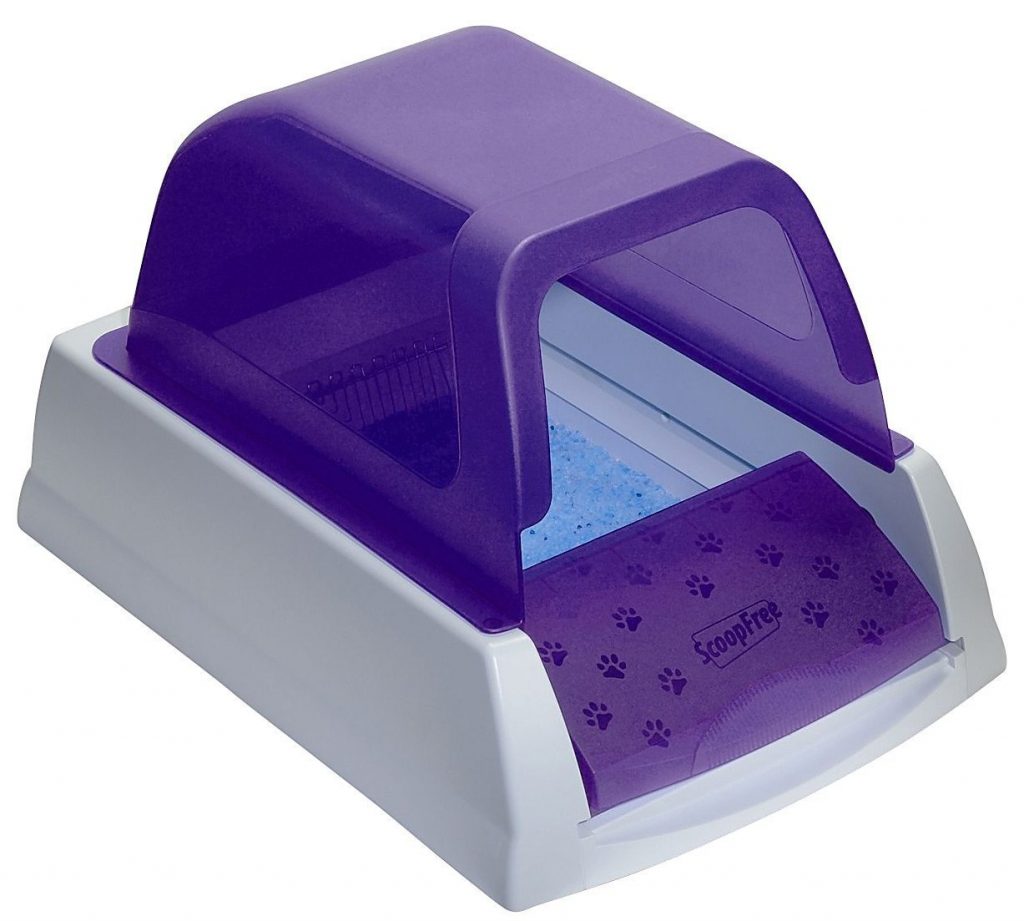How to Potty Train a Kitten
The excitement of a new kitten can sometimes make us forget the boring, practical measures that need to be taken in order to live with your new pet. Litter training is one such task. It might not be the cutest way to spend time with your new pet, but trust us, it’s pretty essential.
Ensuring that your kitten is litter trained will save you time and angst in the future. Whilst every cat has accidents from time to time, hopefully thorough litter training will reduce the amount of time you spend cleaning up messes from around the house. The earlier you can begin litter training, the better. Bad habits are hard to break so it’s best if you introduce your kitten to the litter box as soon as you bring them home.
Kittens are very clean animals and naturally prefer to relieve themselves in dirt or sand. Once they are familiar with a little box, they are far more likely to prefer using this instead of your freshly laundered bedsheets.
Getting The Right Equipment
1. Purchase a litter tray that will last as your cat grows. There are smaller litter trays for kittens, but you will find yourself needing to replace this very quickly. Moreover, when you replace a litter tray you will need to retrain you kitten, so it’s better to have one and stick to it.
2. Ensure your kitten can climb into the litter tray without too much difficulty. This shouldn’t be an issue, providing that the tray has one side low enough for the kitten to be able to climb over.
- If your kitten is struggling to reach, try putting a block of wood or brick on one side to create a little ramp. You can remove this once your kitten is big enough.
3. Consider purchasing an enclosed litter tray. This has many benefits. Some cats are very private and won’t relieve themselves if they feel they might be watched. The enclose litter box can help them feel protected. Additionally, enclosed boxes can prevent cats kicking up litter over the sides, reducing the amount of clearing up you will need to do.
- Ensure the litter box is large as cats like to be able to move around.
- Some cats are not initially keen on the enclosed boxes. Try removing the door when training your cat until they get used to it.
4. Buying the right litter is essential. There are different types depending on a cat’s age and whether you prefer clumping or non-clumping.
- For young kittens, it is important to choose a specific kitten-friendly, non-clumping litter as rough litter can irritate their paws and kittens will eat clumping litter which sticks together in their gut, causing serious issues.
- Choose a litter that doesn’t give off too much dust, as this can irritate their lungs.
- Avoid scented litter if possible. If a cat doesn’t like the scent they will be put off using the litter tray and may decide to relieve themselves elsewhere. If you need to freshen the litter between changes, try sprinkling bicarbonate of soda to reduce odor.
- Some cats become accustomed to a specific litter so try to choose a brand which is widely available.
5. Purchase a scoop and matt. The scoop should have slits to allow unsoiled litter to remain in the box. The matt should be placed underneath the litter tray to remove litter granules from your kitten’s paws when they have finished.

Introducing Your Kitten to The Tray
1. Cats like quiet and privacy so place the tray away from main areas of activity in your house. Ensure it is always accessible i.e. not behind a closed door.
If you need to move the litter box, move it a few feet every other day so that your kitten isn’t confused.
2. Place your kitten in a filled litter box as soon as you come home. This will allow them to get used to the feel and smell of the litter.
Repeat this whenever you feel your kitten might need to relieve themselves e.g. after a meal, when they way up. If they squat anywhere other than the litter box, place them inside immediately.
3. Praise, don’t punish. When your kitten uses the litter box successfully, praise them. Do not punish them, especially when they are in the litter box, as they will become afraid of you and associate the litter box with punishment.
Top Tips
- Clean the dirty litter out every day. If the litter is dirty, your kitten will find somewhere else to relieve themselves. If you are to lazy to do it, there are some Automatic Cat Litter Boxes out there that can help you with that mission.
- Clean the entire litter box frequently (ideally once a week). Dump the entire contents of the litter tray and clean with warm soapy water and a designated cleaning tool.
- If your cat has an accident, clean it up immediately and thoroughly. If your cat can still smell traces of urine somewhere other than its litter box, it is likely to return to the scene of the crime.
Although housetraining a cat is easier than a dog, it’s very important you start early, get the right equipment and are consistent with your new kitten. If you start them off with good habits early, you’ll save yourself an immeasurable amount of cleaning in the future!




